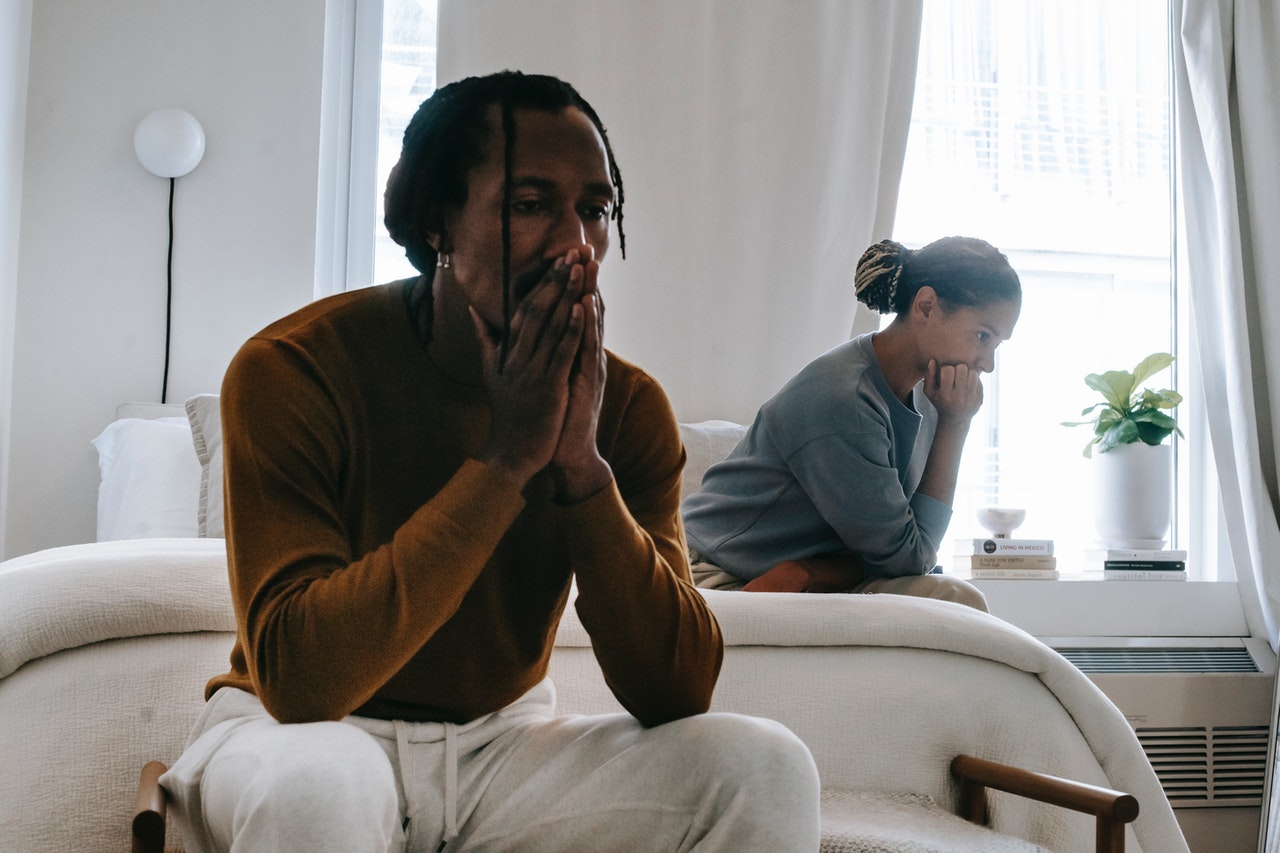What impact did the rolling lockdowns during the COVID-19 pandemic have on married couples? When COVID-19 hit the Western hemisphere in early 2020, many thought the virus would simply go away after a short period. Employees left their workplaces thinking they would return in two weeks’ time, and students looked forward to an early holiday break. We were told to stock up on food and other items, which resulted in long lines at stores, with some trying to hoard items such as toilet tissue and anything with the word “disinfectant” on its label. While the world was on pause and we were confined to our homes, we looked forward to spending quality time with our family, time that we usually did not have due to our commitments to work, school, and life in general. However, that two-week “vacation” turned into months of strict lockdowns and the implementation of strict protocols in an effort to gain a grip on the deadly virus. Some familial relationships we sought to strengthen began to deteriorate over time, particularly for those who were married.
The reality was that with all of the protocols and lockdowns, many marriages faced surmounting uncertainty as couples were stuck in the house and required to homeschool children during school closures. That coupled with added financial strain resulting from job loss or reduced income due to restricted business operations resulted in relationships being pushed to the ultimate test.
There were early predictions that lockdowns and quarantines would result in an influx of persons seeking to “uncouple.” However, research released by Bowling Green State University’s Center for Family and Demographic Research, which analyzed five states in the United States, marriage, and divorce statistics, showed the opposite. In Florida, the largest state analyzed, it was found that marriage numbers between March through September 2020 were 33% lower than previous years and divorce numbers for the same time frame was 28% lower than previous years. Harriet N. Cohen, a divorce lawyer practicing in Manhattan, noted that there was a surge of divorces in the pandemic’s early months. Lee Wilson, a relationship expert and “break up” coach operating in Nashville, Tennessee, sought to gain clarity on whether the virus was doing more harm than good for romantic relationships by conducting a survey for married persons between the ages of 18–64. After reviewing the surveys which were sent to married couples living in the United States, England, Canada, the Philippines, and India, 29% of the 1,277 couples said that the virus had done more harm to their marriage and were heading for divorce. It was also reported that there was a divorce spike in China in March 2020, following weeks of strict lockdowns with staff members in some provinces recounting being unable to grab a drink of water because of the influx of couples waiting in line to file for divorce.
The data shows an apparent trend. While at first glance it appears that the virus itself was the “straw that broke the camel’s back” for couples who chose to divorce, there were other factors in place. The couples who ultimately filed for divorce during the pandemic’s early stages had already been contemplating filing, and the forced lockdowns highlighted their need to separate. This could have been the result of a change in routine, i.e., before the lockdowns partners were able to leave the house to attend work, see friends, whereas due to the lockdowns extra duties were taken on in the home, financial difficulties, increased physical abuse, or boredom. However, for some couples who contemplated divorce but did not separate, data suggests that the main reason for delaying a divorce was because the process was expensive. Therefore, some have chosen to stick it out in an effort to make it work. Considering the financial difficulties faced because of lockdowns and quarantines, the additional cost of having to seek legal advice and hire an attorney, pales in comparison to keeping a roof over your family’s head. Further, the intricacies of divorce filings, such as custody arrangements when daycare centers and schools are closed, and financial settlements with out-of-work spouses, may pose greater difficulties for the Court to determine.
It has been suggested, however, that with the increase of vaccinations and life returning to “normal,” there maybe a surge in divorce filings. However, as another year passes living in a pandemic, it is difficult to conclude whether such surge is on the horizon.

